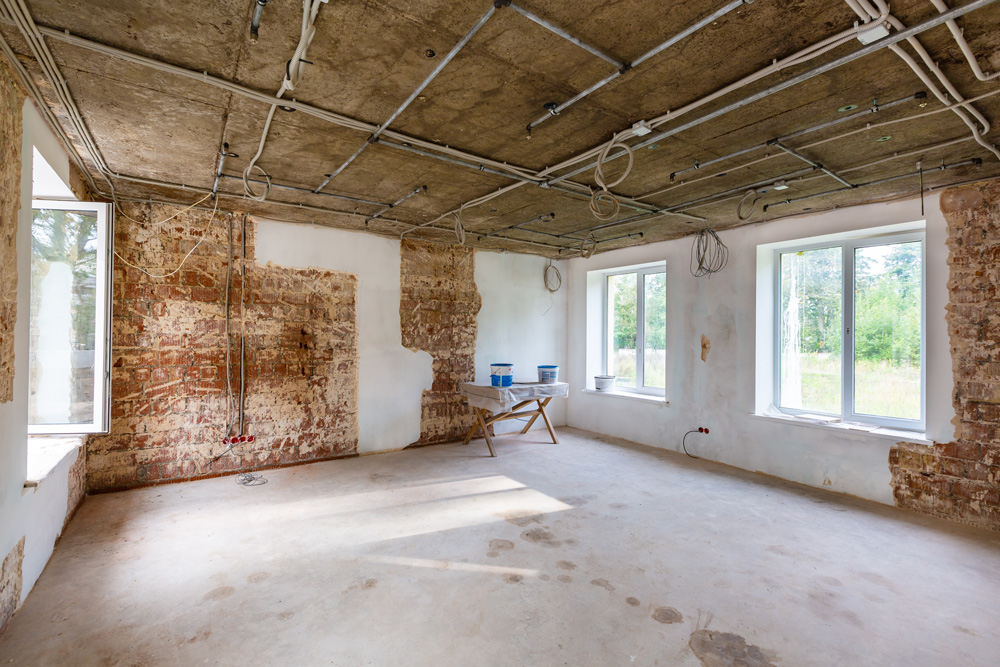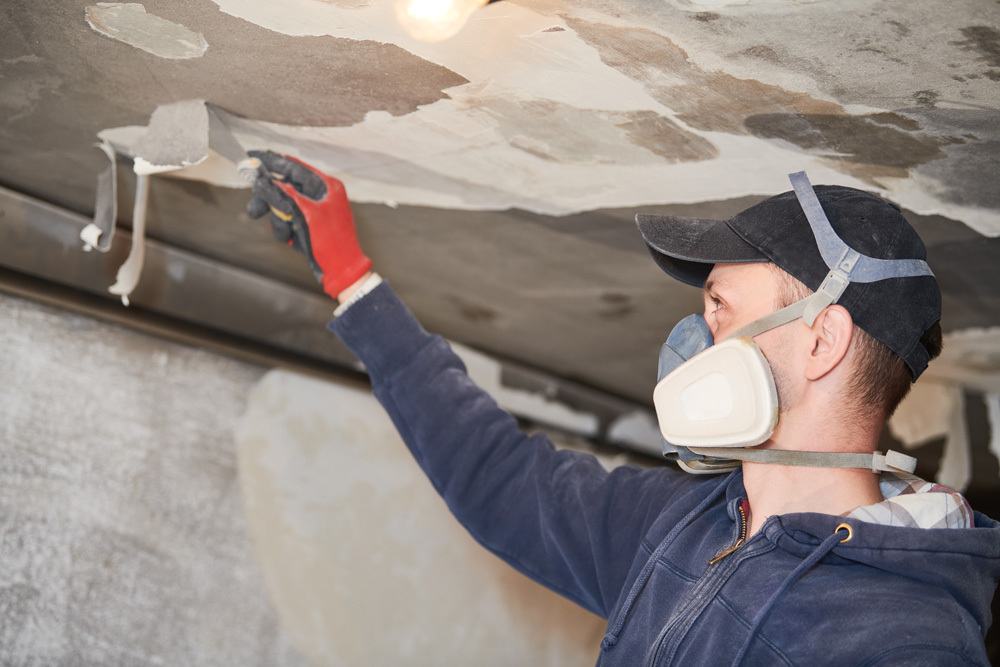Fire damage is a clear and present danger to anyone who owns a property, be it a home or business. From knocked-over candles to burners left unattended in the kitchen, the scenarios that can lead to structure fire are limitless — with at least one occurring somewhere in the United States every 65 seconds and a house fire taking place every 93 seconds, according to the National Fire Protection Association. In the average year, insured losses from fire damage are in the billions of dollars.
No one wants to experience the effects of a fire, even when homeowners’ and business owners’ insurance covers the costs associated with fire damage repair; but if you do, you want somebody to be there to get you through it and recover quickly. Staples Consulting Group is that somebody.
Since 2008, Staples Consulting Group has provided quality residential and commercial loss services that our clients trust, some of whom were affected by smoke damage, and other fire damage repair needs. Staples Consulting Group coordinates all of the relevant professionals (e.g. fire department, insurance companies, fire restoration service teams, etc.) that have helped our clients successfully overcome these challenges.
Why structure fires are so commonplace
The reason why fires are as frequent as they are is that there are so many ways for them to occur. The scenarios are endless:
- Fireplaces that lack a protective screen
- An unattended burner in the kitchen (cooking fires are the most common household fire, according to the National Fire Protection Association)
- Electrical fires sparked by defective heating equipment
- Chimneys with excessive amounts of soot. Home grills and hibachis that are kept too close to a property
- Ovens left on long after use
- Overfilled turkey fryers that are used indoors
- Lightning strikes
- Lit cigarette butts that contact curtains, furniture or carpeting
- Broken smoke detectors, preventing home and business owners from taking action
What kind of damage do fires cause to homes and businesses?
There are at least four classifications of fire damage. They include:
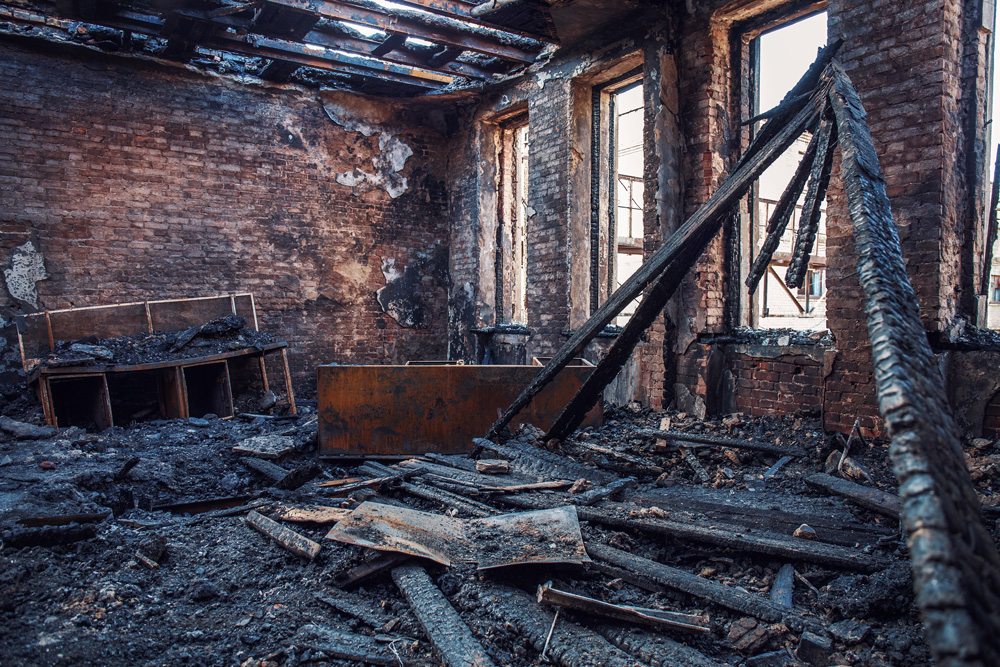
Structural
Structural damage is the most severe of all the types. When the “bones” of a home or business are affected (e.g. foundation, frame, roof, etc.), fire can compromise the property’s structural integrity — rendering the property uninhabitable or requiring substantial renovation to restore. Depending on the severity — and how quickly the fire department can douse the flames — a house or building may need to be rebuilt from scratch
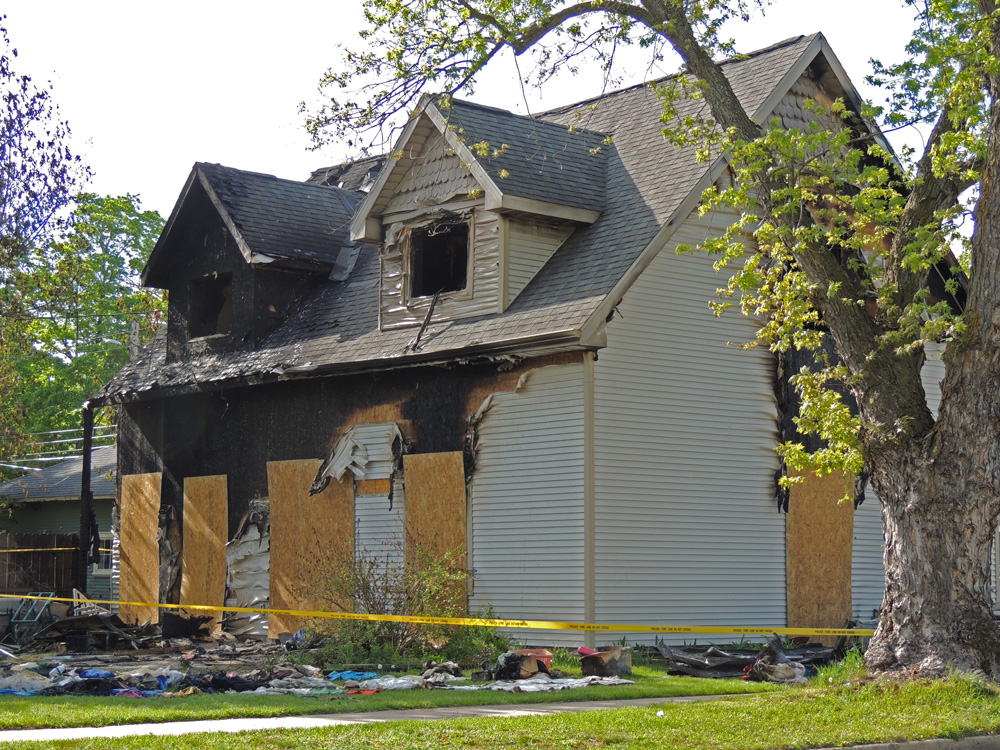
Thermal
Thermal damage is similar to structural damage, in that it can lead to structural damage and both are considered primary forms of damage. But thermal damage itself refers to the physicalchanges that occur to materials and structures when they’re exposed to extremely hot temperatures. It can cause materials, substances and structures to warp, bend, buckle, deform or melt. The severity of thermal damage can depend on the heat of the fire, the structures affected, and how long said structures or materials are exposed to flame.
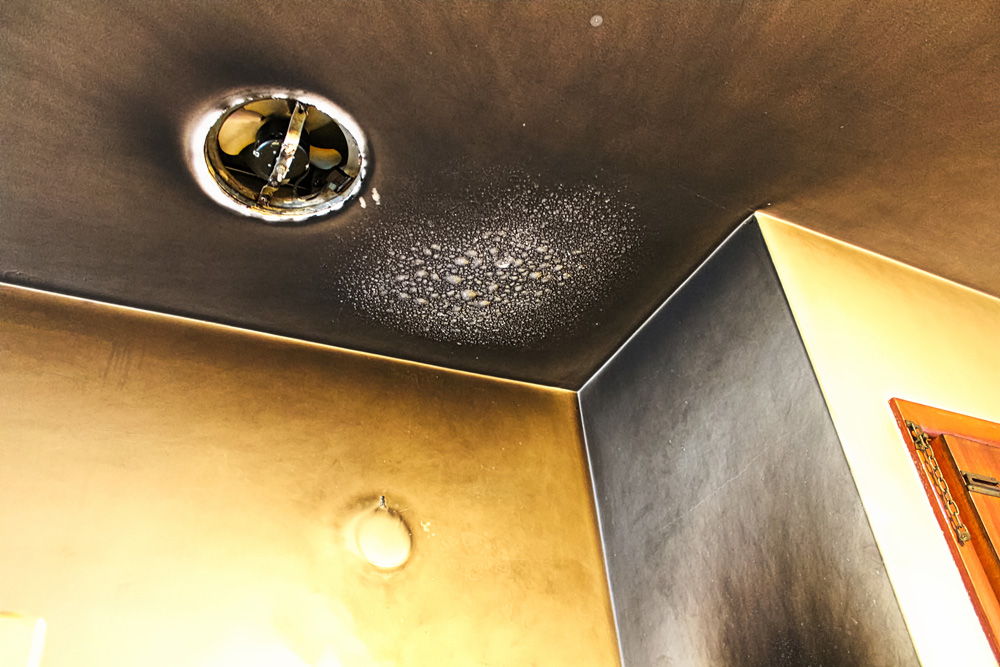
Smoke and soot
Smoke and soot damage refers to the discoloration and damage caused to surfaces and materials by smoke and soot particles, which fire produces. Soot is the black, tar-like substance that is commonly found inside chimneys.
When either comes into contact with interior surfaces and possessions, they can cause permanent discoloration and staining. Fire damage cleanup may be unable to remove them from porous surfaces, such as walls and ceilings. Smoke and soot damage can also penetrate farther into the structure of a building, leaving long-lasting odors that permeate the property.
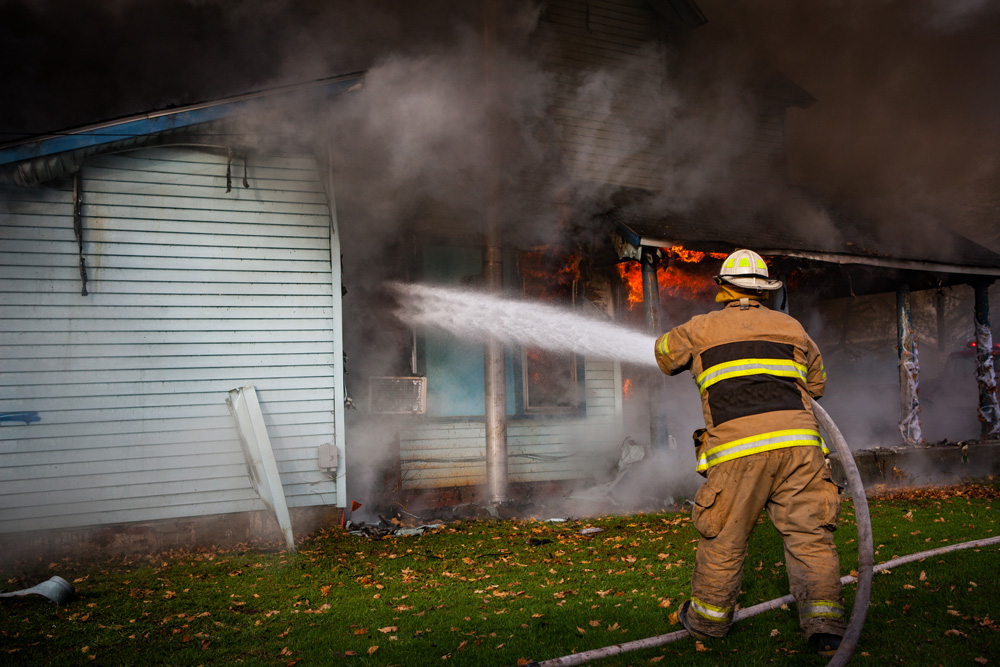
Water
When it comes to fire, water can be a double-edged sword: It’s necessary to effectively douse smoke and flame, but it can also ruin the surfaces that it comes into contact with, causing them to warp, lose their shape or compromise their aesthetic appeal. This is all assuming that a fire department is able to diminish the damaging effects of fire. Fire damage cleanup can be effective when it comes to minimizing water damage, provided it’s done in a timely manner.
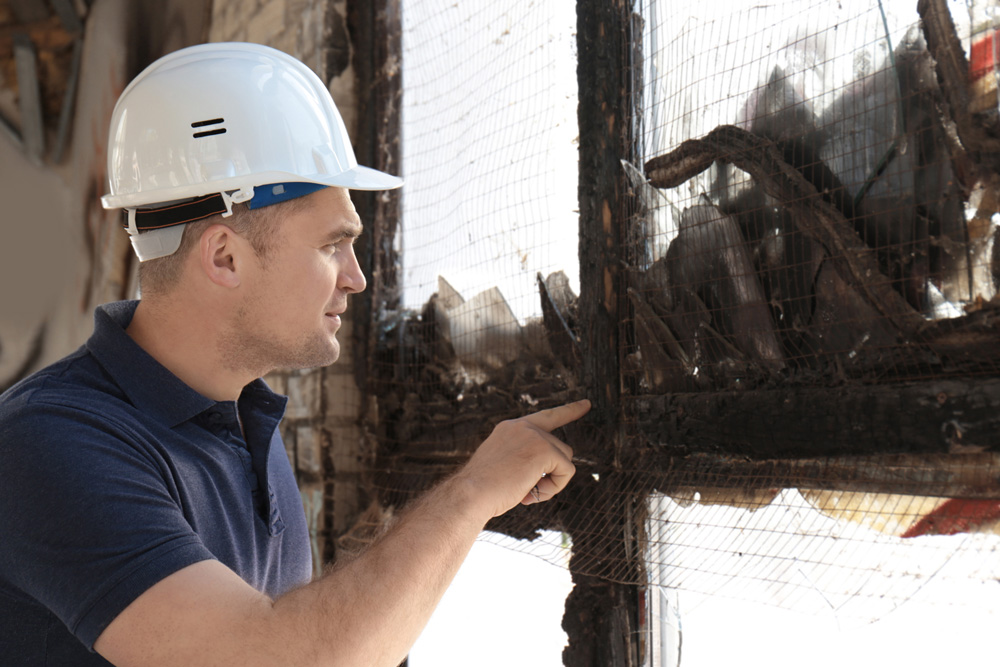
Chemical damage
Water isn’t the only solution first responders use for fire retardant needs. Fire extinguishers contain a number of different chemicals that stamp out blazes, such as potassium acetate, potassium carbonate, potassium citrate as well as dry chemicals (e.g. sodium bicarbonate base, potassium bicarbonate base.)
While effective in stamping out fire, they too can leave permanent damage to a house or building that may exacerbate the damage left by the fire. In this way, fire damage repair can refer to both the fire but also the means used to put out the fire.
Both water and chemical damage are forms of secondary fire damage; ironically, it’s the effects of the actions taken to minimize a fire’s destruction.
Knowing the type of damage that fires cause can inform what steps ought to be taken for proper restoration and/or reconstruction services.
And that’s just scratching the surface. In 2021, over 1.3 million fires occurred around the country, each requiring fire department response, according to the NFPA. Aside from the extreme danger fire poses to people’s safety, the property damage left in their wake can be as wide-ranging as its causes.
What is the insurance claims process like following a fire?
Report the claim
After getting in touch with first responders, the policyholder gets in touch with their insurer, providing as many specific details as possible regarding the cause, the extent of the damage and what rooms are impacted.


Adjuster’s initial assessment
Upon obtaining the relevant information, an insurance adjuster is dispatched to the location. The adjuster’s job is to get a first-hand look at the aftermath for corroboration purposes and to get a better idea of what the cost of fire damage repair will be. Informing this process will be photographs (taken by the adjuster and/or the policyholder), note taking and witness testimony where available.
Investigation of the cause
This step is where the adjuster reviews the information they’ve collected to draw a conclusion as to how the fire took place (if it’s unknown) or to corroborate whether it occurred in the manner described by the policyholder or through witness statements. The investigation also entails reviewing the insured’s policy to see if their coverage is sufficient, based on how costly the repairs will be and what led to the fire. Some causes, such as arson, may not be covered.


Settlement negotiation
The insurance company then uses all the documentation compiled by the adjuster to determine how much money will be paid out to the insured. This sum will be informed by the type of coverage that the policyholder has and the cost of the materials needed for restoration. Another factor is the policyholder’s deductible, which requires them to pay a portion of the costs before the insurer picks up the remainder.
Payment and repairs
Once an agreement is reached, the insurer will cut a check that will go toward the costs of fire damage repair. The money may also go directly to the companies hired for the restoration, reconstruction, fire damage cleanup or any other arrangements that may be necessary.
